kategori film bahasa northern20sami
 Elvira a confident Smi teenager firmly...
Elvira a confident Smi teenager firmly...My Fathers' Daughter 2025
Elvira, a confident Sámi teenager, firmly believes that her lesbian single mother conceived her at a Danish fertility clinic. She often daydreams about her father, envisioning him as a charismatic movie star. However, her world is turned upside down when her real biological father unexpectedly steps into her life.
 When Mats grandfather dies the family...
When Mats grandfather dies the family...När vi var samer 2025
When Mats' grandfather dies the family opens a wooden box containing evidence of the family's Sami heritage. Why has this been kept secret? Why did they stop being Sami? And why do they know so little about their history?
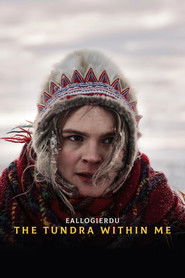 After living in Oslo for many...
After living in Oslo for many...The Tundra Within Me 2024
After living in Oslo for many years, Lena moves back to Sápmi in northern Norway with her young son, to explore Sami gender in an art project. While researching in the wintry tundra, she falls in love with reindeer herder Máhtte, whose mother, the head of the family, disapproves of the relationship. As decisions from the past come to haunt her, Lena struggles to find out whether her and Máhtte’s lifestyles can ever be compatible.
 During summer 1979 Ester moves to Alta...
During summer 1979 Ester moves to Alta...Let the River Flow 2023
During summer 1979, Ester moves to Alta in Northern Norway to begin teaching at an elementary school. Like many Sámi at the time, she is ashamed of her heritage and conceals her ethnicity. Ester goes to great lengths to fit in, even joining in with the derogatory jokes. When her cousin Mikkhal takes her to a camp by the Alta River, where people are demonstrating against the building of a dam, Ester learns how the fight for the river is also a revolt against the years of brutal racism and discrimination against her people. After a major confrontation with the police, Mikkhal and some other Sámi decide to go to Oslo to hunger strike in front of the Parliament. Knowing what is at stake, Ester realises it is time to make a stand…
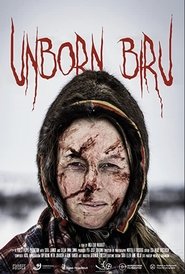 A pregnant widow steals silver from...
A pregnant widow steals silver from...Unborn Biru 2023
A pregnant widow steals silver from a dead body in order to survive and feed her daughter. But the silver is cursed and has consequences for all of them, including the unborn.
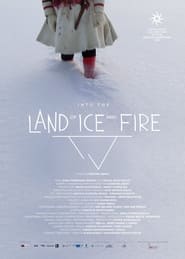 Two parallel stories are gradually unfolding...
Two parallel stories are gradually unfolding...Into the Land of Ice and Fire 2022
Two parallel stories are gradually unfolding the everyday life of two very different persons - that of 86-year-old Sara and 7-year-old Mihka - both residing in Guovdageaidnu - Kautokeino, in the middle of the Norwegian arctic tundra, through the drastic change of the arctic seasons and the passage from the long winter’s darkness to the never-ending light of the summer season.
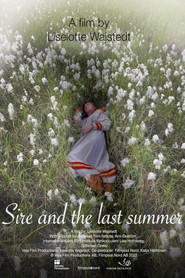 The year was 1916 we follow Sires...
The year was 1916 we follow Sires...Sire and the last summer 2022
The year was 1916, we follow Sire’s everyday life, until her final moments. We are a part of her little world and get to see how big that little world can be. How rich it’s in emotions, sounds and memories. Sire reminds us of life, not death. She was my Máttaráhkku, great-grandmother, and my grandfather was 10.
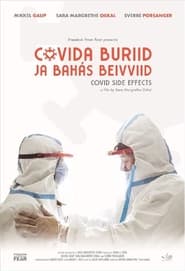 This hilarious short film Covid side...
This hilarious short film Covid side...Covid side-effects 2020
This hilarious short film Covid side effects shows how pandemic and physical distancing times can be helpful when trying to break up with a partner with whom one hasn't had strong passionate feelings in long time.
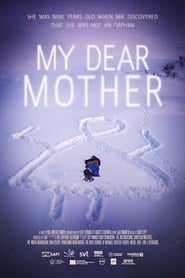 My Dear Mother is about the 15...
My Dear Mother is about the 15...My Dear Mother 2019
My Dear Mother is about the 15-year-old girl Dasha who lives in an orphanage in a small town in Russia. We follow her for five years, in all the thoughts she has about growing up in orphanages. She wonders why her mother left her. Until her grandmother died, she lived with her grandparents, who were Russian Sami. Dasha's father is in jail and her mother was a drug addict. Dasha would like to have contact with her roots and she wants to keep her Sami identity.
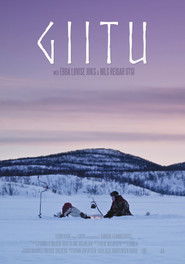 A woman returns home to her...
A woman returns home to her...Giitu 2018
A woman returns home to her father and childhood home, after being gone for over 20 years. Her purpose for the visit is to deliver the message that her fathers former wife has passed away.
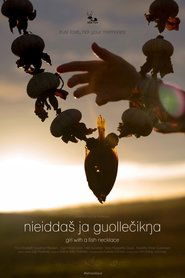 A young girl adores her late...
A young girl adores her late...Girl with a Fish Necklace 2017
A young girl adores her late father. Obsessed with every little detail of how he was she envisions his clothes, hands, face, behavior and actions. An accidental meeting triggers doubt in her love for her father.
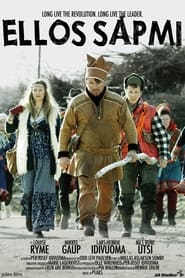 A charismatic womanizer is deprived of...
A charismatic womanizer is deprived of...Ellos Sápmi 2015
A charismatic womanizer is deprived of his leadership and betrayed by his own people.
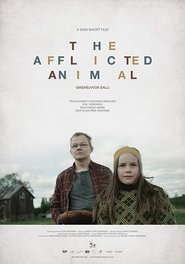 A young girl seeks help for...
A young girl seeks help for...The Afflicted Animal 2015
A young girl seeks help for her afflicted dog, but other members in her family need more help. The mother is lost in her own mind, the father wants to cure his loneliness and the girl is searching for truth. The film takes place in a small Sámi home in a remote area in Northern Norway and portrays a dysfunctional relationship between father and daughter.
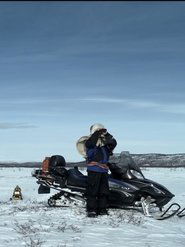 Two reindeer herders meet on a...
Two reindeer herders meet on a...Sámi Moment 2013
Two reindeer herders meet on a small hill in the highland area. A story about the need for company without necessarily saying much, about friction between two herding units, and about an embarrassing silence.
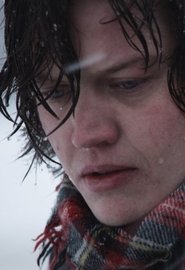 Christian is visiting his home village...
Christian is visiting his home village...Before She Came After He Left 2012
Christian is visiting his home village with his fiancée allegedly to look at churches to get married in, after living in the south for many years. But what are the true reasons for the visit? This is the story about the time before she came, after he left and everything that is untold in between that.
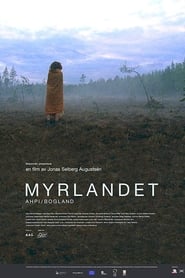 Why are gooseberries so much more...
Why are gooseberries so much more...Bogland 2011
Why are gooseberries so much more valuable than deer trees and why did the Sami men lay naked on the marsh in the past? How do you respond to a mock execution and what is actually panic attack? Ella and Moa are two girls with more questions than answers and during a summer night they approach a little cautiously of their Sami origin. —Jonas Selberg Augustsén
 When two different cultures meet in...
When two different cultures meet in...Vaši eatnamat 1994
When two different cultures meet in Hammerfest, Norway. The second is old nomadism based on a large annual cycle, another contemporary urban culture that has risen around the oil and fish industry. The collision of these two cultures is inevitable but absurd.
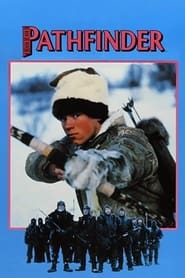 Around the year 1000 AD warlike people...
Around the year 1000 AD warlike people...Pathfinder 1987
Around the year 1000 AD warlike people, the so-called "tjuder", roam in northern Scandinavia. As they brutally kill a family in a remote area, including the parents and their little daughter, the family's teenage son, Aigin, observes the slaughter. He manages to flee from these killers and reaches a camp with other Sámi whose inhabitants are worried if he has been able to hide his track. Afraid of the murderous people, they decide to flee to the coast. The boy stays alone to avenge his family's murder. Unfortunately, they get him before he can do anything and force him to lead them to the other Sámi. He guides them but has a plan to destroy the barbarous people before reaching the camp.
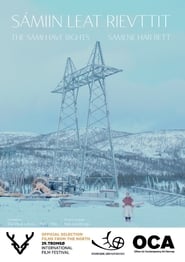 This is a trilogy about Norways...
This is a trilogy about Norways...